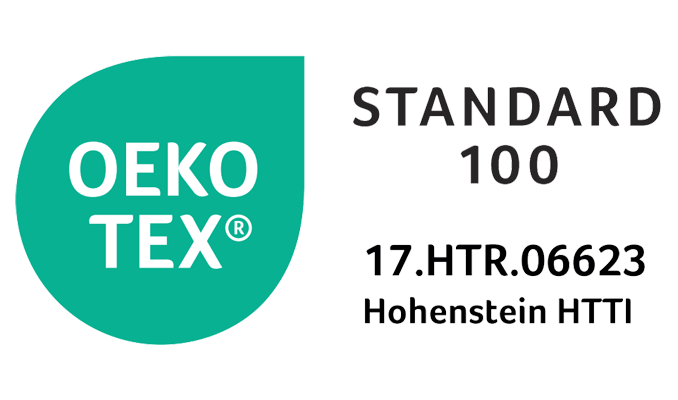Section Compliance Check
Samples are taken from the fabrics that are kept ready to be cut from different balls on a lot basis, in order to check their weight, washing, color, shrinkage and fastness. Depending on the situation, the sample is prepared as a product and subjected to tests. The quality control results are reported and presented to the customer for approval, and its suitability for cutting is decided.
Fabric Cutting Preparation
During this time for quality control, marker planning is done in the digital environment and molds are prepared. After the cutting approval, the marker throwing and cutting process begins. The laying process starts by considering the fabric width, pattern direction, feather direction in pile fabrics or yarn direction and giving the necessary allowances.
Packing Process
Depending on the situations that will provide advantages or disadvantages for correct cutting, the laying process can be done by automatic spreading machine, semi-automatic spreading machine or manually, according to the initiative of our experienced cutting team.
Observations for quality control continue during the process of laying the marker. If a defect is detected, the relevant lot fabrics are excluded from the cut. After the marker throwing process is finished, the marker is rested for a reasonable period of time, taking into account the tension caused by cutting and the fabric gathering situation. Mold placement and drawing are done by adhering to the previous planning.
Fabric Cutting, Metering
The cutting process is done with a vertical knife cutting machine, providing the necessary occupational safety conditions and under good lighting. The pieces whose cutting has been completed are classified under appropriate conditions by making a numbering (methodization) process for each piece in order to prevent mixing in the sewing process and intermediate processes (printing, embroidery, etc.) and to ensure the accuracy of the process.








